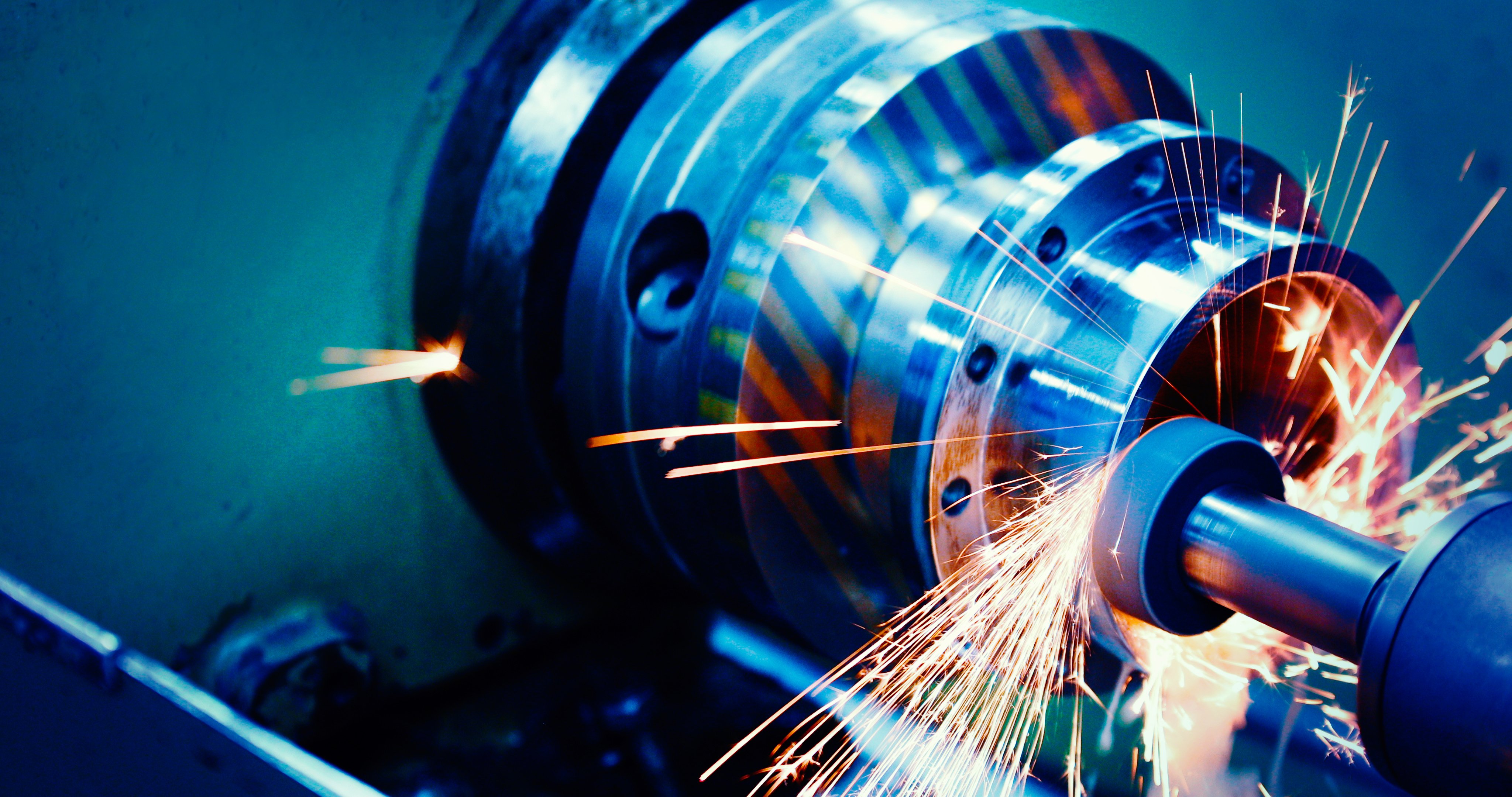There’s arguably no bigger mood killer than spending time and effort going through a research and development (R&D) tax application only to receive a claim enquiry from the HMRC once it’s been sent off.
We’re sure you’ll agree the R&D tax credit scheme offers manufacturing businesses a welcome financial lifeline. However, while the government actively encourages firms to utilise the benefits it offers, they need to make sure all claims coming through are accurate and eligible.
Before filling out your claim, it’s important you’re made aware of the sorts of things the HMRC will be looking for in order to grant your R&D tax credit claim. After all, you don’t want to damage the reputation of your manufacturing firm and sour relationships with the HMRC over a slight discrepancy with your figures.
To help you steer clear of a dreaded claim enquiry, we’ve put together a short guide on what you need to know before starting your R&D tax application.

What is a claim enquiry?
Simply put, a claim enquiry is when the HMRC disputes a particular part of your claim. Most commonly, this will be as a result of insufficient evidence found in your application, and all they’ll be after is a little more detail in the form of supporting documentation.
In contrast, a more serious claim enquiry might question the entire eligibility of your R&D project. In this scenario, the government might immediately reject your claim and penalise you for time wasting. In some cases, you could even fall subject to paying back up to 30% on any previous R&D claims you submitted and had already received tax relief for.
What are the steps I can take to avoid receiving one?
- Firstly, you need to make sure that you’ve provided enough thorough supporting documentation to evidence your claim. The information you provide needs to clearly show how the work carried out meets the requirements for R&D tax relief. Don’t forget to include the start and end date so that the HMRC can see how you’ve carried out R&D over a period of time.
- Secondly, ensure those who actually worked on the project give your application a once-over. While you may think it’s your responsibility to collate all the information you have, the production line staff who actively worked on the project might be able to offer some additional dates and costs you hadn’t thought of including before.
- Next, make sure that the costing data you include is as accurate as possible and can be backed up by an audit trail. It’s all well and good claiming you spent money on a piece of equipment that helped build your automation technology, but, without dates, receipts and evidence of its use, your claim could be subject to an enquiry.
- Alongside this, don’t forget to include evidence of all technical and operational data, too, as this will help the HMRC back up your costing claim - even the smallest mistake here could raise an obvious red flag for the HMRC.

R&D tax claims don’t have to be difficult. To minimise your risk of receiving a tax claim enquiry back from the HMRC, get the experts involved. For advice on a potential R&D tax claim for your manufacturing facility, don’t hesitate to get in touch with Lumo today.